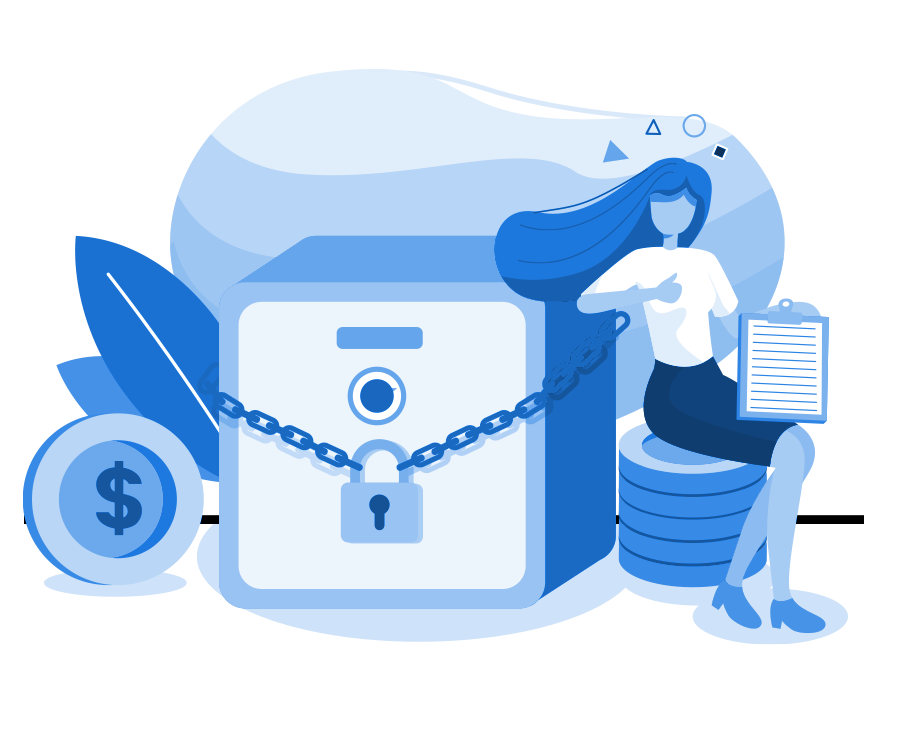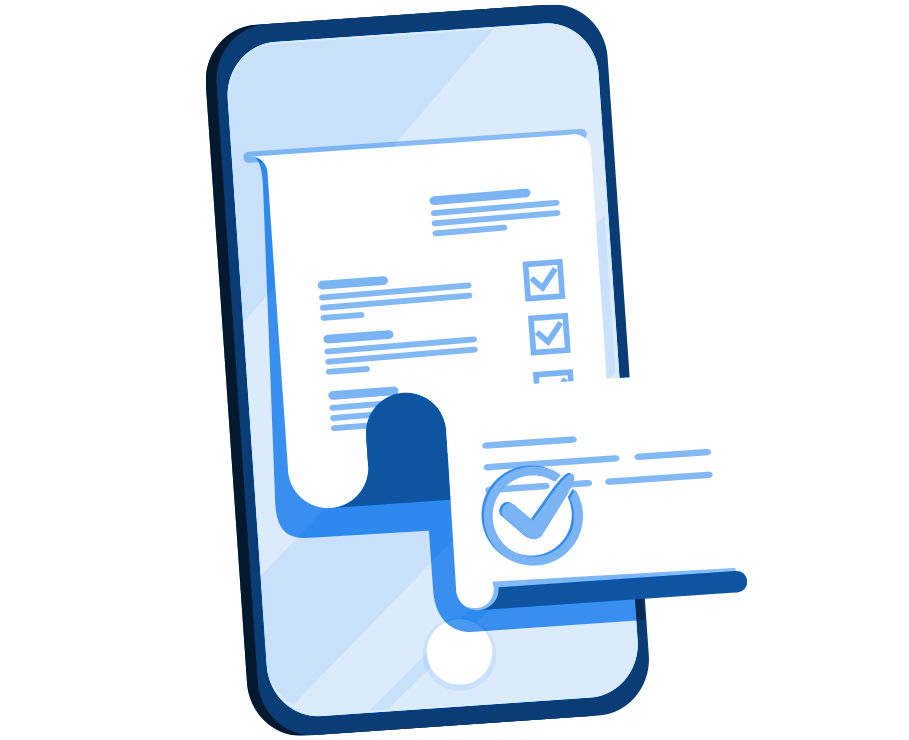Before you apply for life insurance, you should analyze your financial situation and determine how much money would be required to maintain your beneficiaries’ standard of living or meet the need for which you’re purchasing a policy.
For example, if you are the primary caretaker and have children who are three and five years old, you would want enough insurance to cover your custodial responsibilities until your children reach adulthood and able to support themselves. You might research the cost to hire a nanny and a housekeeper, or to use commercial childcare and a cleaning service, then perhaps add some money for education. Add up what these costs would be over the next 15 or so years, add more for inflation, and that’s the death benefit you might want to buy—if you can afford it.
It’s prudent to reevaluate your life insurance needs annually or after a significant life event; marriage, the birth or adoption of a child, or major purchases, such as a house. You may need to update the policy’s beneficiaries, increase your coverage, or even reduce your coverage.
Qualifying for Life Insurance
Insurers evaluate each life insurance applicant on a case-by-case basis, and with hundreds of insurers to choose from, almost anyone can find an affordable policy that at least partially meets their needs. According to the Insurance Information Institute, In 2018 there were 841 life insurance and annuity companies in the United States,.
Many life insurance companies sell multiple types and sizes of policies, and some specialize in meeting specific needs, such as policies for people with chronic health conditions. There are also brokers like CBIS who specialize in life insurance and know what different companies offer. Applicants can work with CBIS free of charge to find the insurance they need our compensation is provided by the Insurance company and does not impact the cost of Insurance; pricing remains the same if you utilize a broker or purchase direct from the insurance company. This means that almost anyone can get some type of life insurance policy if they look hard enough and are willing to pay a high enough price or accept a perhaps less-than-ideal death benefit.
Insurance is not just for the healthy and wealthy, and because the insurance industry is much broader than many consumers realize, getting life insurance may be possible and affordable even if previous applications have been denied or quotes have been unfavorable.
Keep in mind that, the younger and healthier you are, the easier it will be to qualify for life insurance, and the older and less healthy you are, the harder it will be. Certain lifestyle choices, such as using tobacco or engaging in risky hobbies such as skydiving, Aviation, racing, can also make it harder to qualify or lead to higher rates.
Additional Uses for Life Insurance
Most people use life insurance to provide money to beneficiaries who would suffer a financial hardship upon the insured’s death. However, for wealthy individuals, the tax advantages of life insurance, including tax-deferred growth of cash value, tax-free dividends, and tax-free death benefits, can provide additional strategic opportunities.
Funding Retirement – Policies with a cash value or investment component can provide a source of retirement income. This opportunity can come with high fees and a lower death benefit, so it may only be a good option for individuals who have maxed out other tax-advantaged savings and investment accounts.
Avoiding Taxes – The death benefit for Life Insurance is usually tax free. Wealthy individuals sometimes buy permanent life insurance within a trust to help pay for estate taxes due upon a person’s death. This strategy is vital for preserving the value of the estate for their heirs. Tax Avoidance is a law-abiding strategy for minimizing one’s tax liability and should not be confused with tax evasion, which is illegal.
Borrowing Money – Most permanent life insurance accumulates cash value that the policyholder can borrow against. Technically, you are borrowing money from the insurance company and using your cash value as collateral. Unlike with other types of loans, the policyholder’s credit score is not a factor. Repayment terms can be flexible, and the loan interest goes back into the policyholder’s cash value account. The death benefit can be reduced by outstanding policy loans, however.
Finding the right policy that fits your needs doesn’t have to be difficult. CBIS specializes in evaluating your needs and tailoring a solution to fit those needs keep in mind CBIS is legally bound to act in your best interests. If you are ready to begin evaluating your options please complete the information below:







